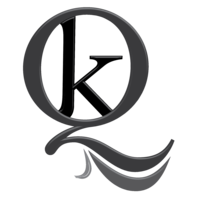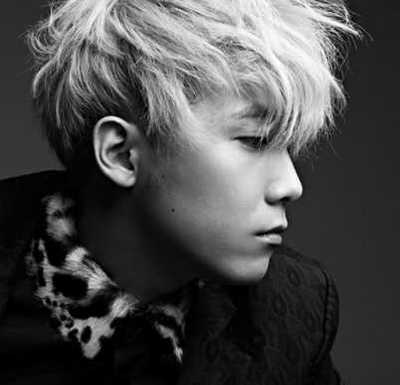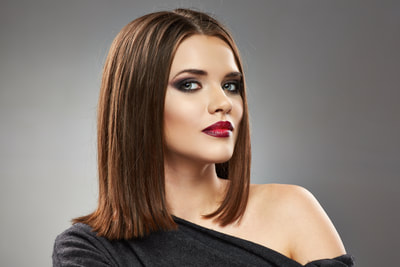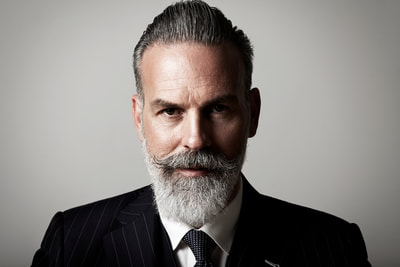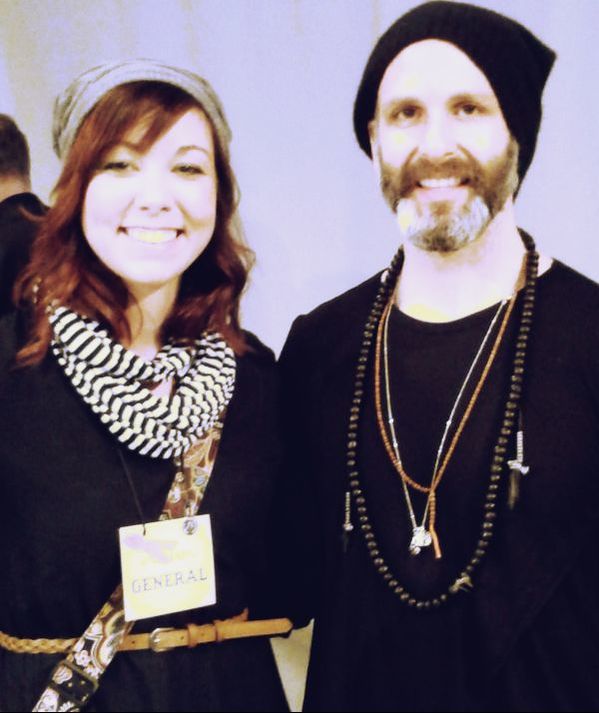haircut menu
WOMENS HAIRCUT - $20 +
BANGS TRIM - $10
MENS HAIRCUT - $20 +
BEARD TRIM - $10
KIDS HAIRCUT - $15
master haircut
in madison, indiana
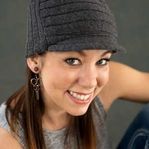
Kirsten Quick, artisan hair stylist, is one of the best in the business when it comes to cutting hair. Known for her dedication to learning and applying the latest industry techniques, Kirsten maintains a personable, friendly approach to every haircut, offering her clients the highest quality of service in a low-key, approachable environment. Highly trained in her cut skills, she invests in her tools and uses some of the very best shears in the business, (Hattori Hanzo shears) knowing that the quality of her tools directly contributes to the overall quality of her hair cuts. As a proponant of long-term customer relatioships, she works hard to make every appointment both relaxing and enjoyable for her clients. Highly skilled in her execution of every cut, Kirsten is one hair stylist who takes pride in her work and will never rush a service, take shortcuts, or cut corners. From her arsenal of expert salon skills, you will find a rare kind of work ethic and personal investment that is present in only the leaders of her industry. These qualities make her a hair salon favorite and one in high demand.
|
Kirsten with stylist guru Geno Chapman.
|
understanding hair cutting lingo
During your past trips to the salon, have you ever noticed that hair stylists share a common lingo? Razored, mid-shaft, graduated, weight line...this can be a bit intimidating when you have no clue what it means! However, understanding some of this "secret" code language can help equip you to better communicate with your stylist and consequently help increase the chances of you receiving the hairstyle you want! Here is a list of commonly used hairstylist terms and what they mean.
CUTICLE - On a strand of hair, the cuticle refers to the outermost layer and is subject to the most wear and tear in everyday life. Oftentimes a stylist will refer to the cuticle to determine how well the hair will respond to color or the overall health of the hair.
ROOTS, MID-SHAFT, ENDS - This may be common knowledge, but it bears repeating: Roots refer to the hair closest to the scalp, ends describe the ends of the hair, and mid-shaft refers to all the hair in between.
RAZOR CUT - This is a different way of cutting hair using a straight razor rather than scissors. The effect using a razor tends to be softer and more gradated than the typical bluntness achieved with scissors. Razors are favored for texturizing and thinning hair because they can remove any quantity of hair without creating discernible cut lines. However, in the case of curly or coarse hair, the razor can cause the hair to frizz, so the razor is typically reserved for only certain kinds of hair.
POINT CUT - This is a type of cutting which softens blunt edges and removes unwanted excess hair. Instead of cutting on a straight line, point cutting is vertically snipping into the ends of the hair.
TEXTURIZING - Texturizing is a technique that removes excess hair weight in order to add movement and dimension to a haircut. This can be acheived through point cutting with texturizing shears or a razor. Texturizing brings several benefits to a cut including increasing hair volume, removing excess weight, and helping the hair to lay better.
LAYERS - This is a technique that removes the weight of a straight cut and disperses it in multiple layers of hair. It adds dimension and drama to a cut by lessening density and increasing movement.
THINNING - Those with heavy, dense tresses who want to remove bulkiness greatly benefit from the thinning technique. Thinning shears allow for a process that creates super-fine, dimensional layers. Sometimes hair stylists will thin the hair through a technique called "slithering", which is where the stylist will slide one blade of an opened pair of scissors along the hair shaft.
OVERDIRECTING - Overdirecting describes a kind of cutting technique where the hair is lifted from the scalp and trimmed high over the head to create extra volume and body. The end result? Think lots of exaggerated and articulated layers like you'd see in rockstar haircuts.
BLUNT CUT - This describes the type of haircut that's lopped at an angle where each strand of hair falls at the exact same length. Also known as "bob cuts", blunt cuts are best suited on those with fine hair as they create the illusion of volume and hair thickness.
GRADUATED HAIR - This is the kind of cut that involved many layers at an angle of less that 90 degrees. This allows for the layers to stack closely one on top of the other which increases the apprearance of volume or bulk. This is also commonly referred to as a "stacked haircut".
WEIGHT LINE - As the name itself indicates, this refers to the area in a cut that holds the most weight. For example, in a blunt (or bob) cut, the weight is focused at the hair ends. However, in a layered cut, the weight line refers to the longest layer. When the weight line is too heavy, a stylist can soften or obscure it with thinning shears.
WEDGE HAIRCUT - Unlike the graduated/stacked cut where the angle is less than 90 degrees, a true wedge haircut will only measure 45 degrees. The layers, radiating out as they approach the crown of the head, will be cut the shortest at the nape of the neck. To enhance extra movement and volume, the ends are cut at multiple angles.
